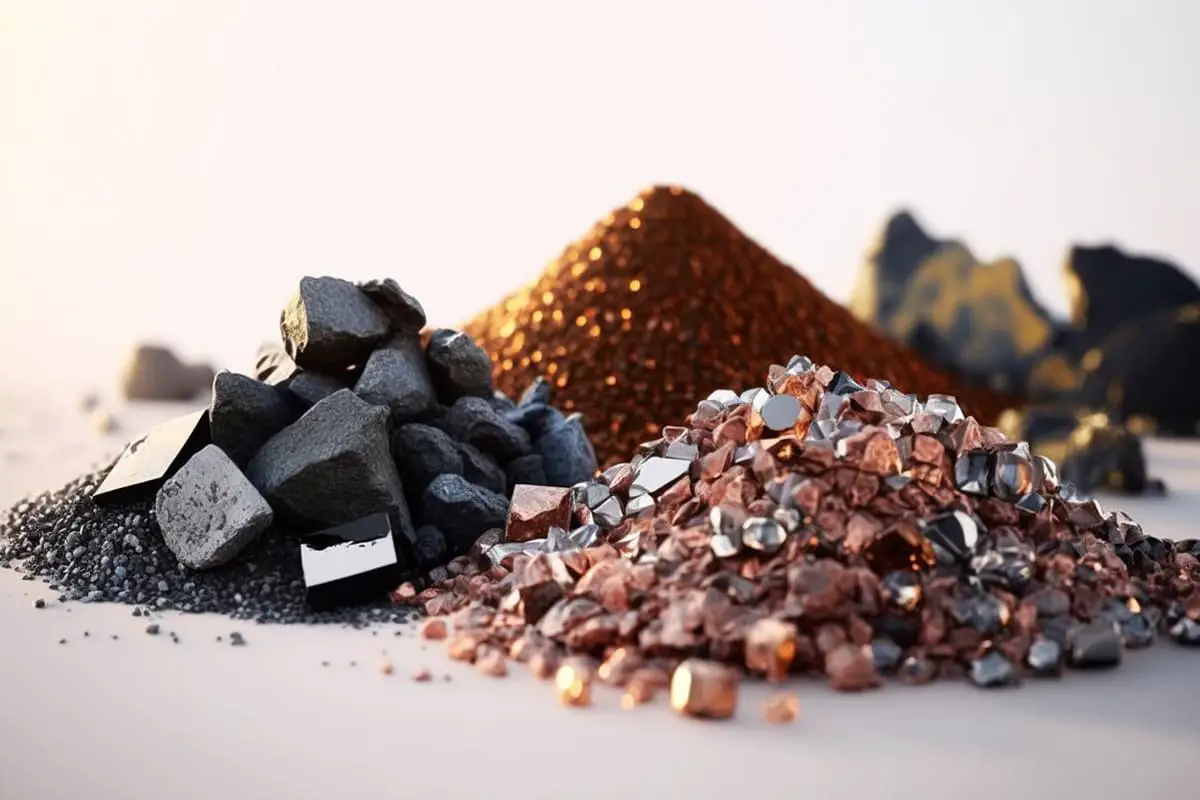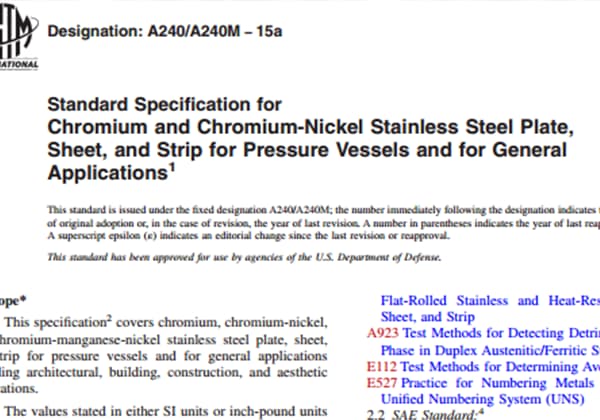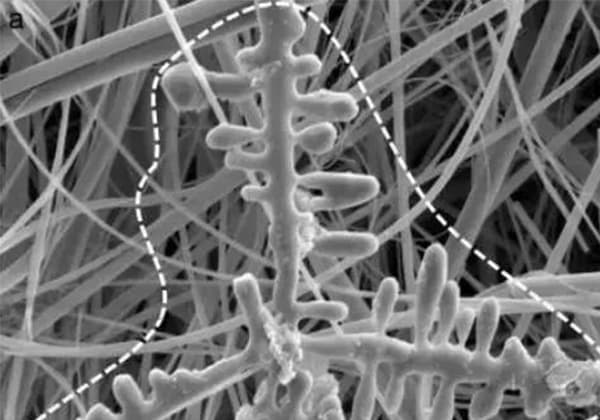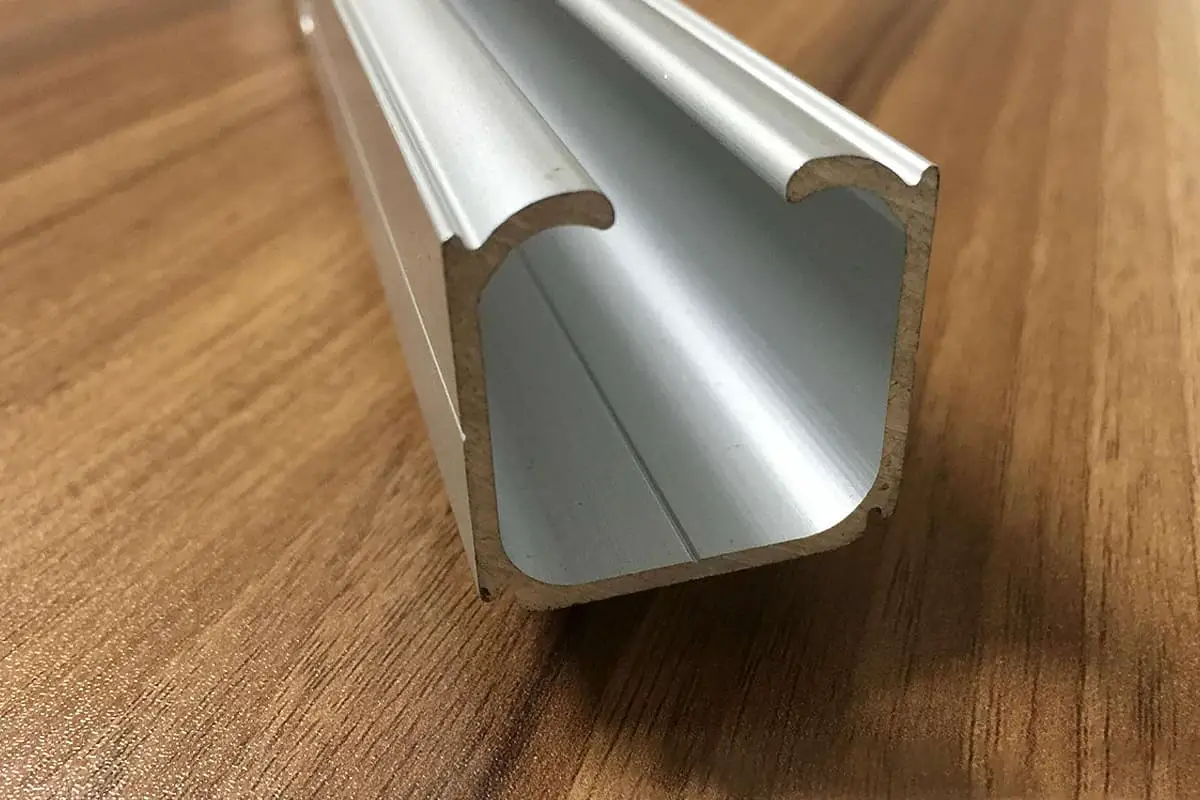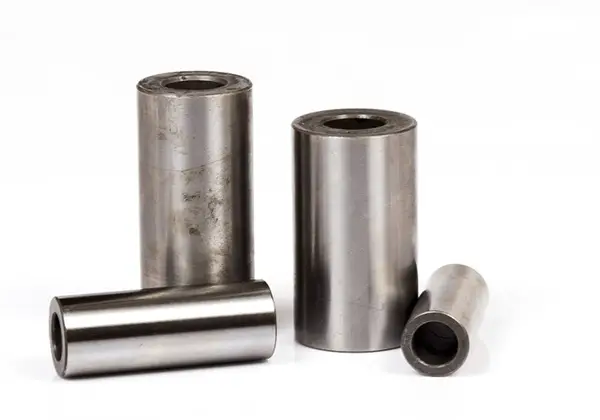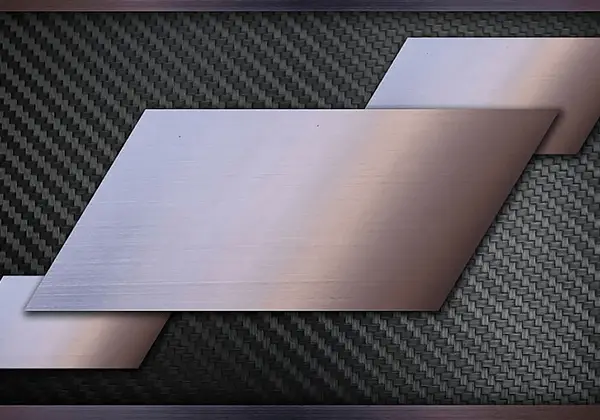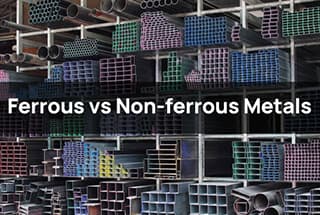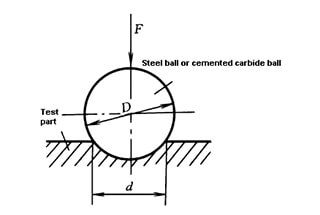
Have you ever wondered about the secrets hidden within the gleaming surfaces of metals? In this fascinating article, we delve into the intricacies of metal composition analysis. Our expert author, with years of experience in mechanical engineering, takes you on a journey to unravel the mysteries of ferrous and non-ferrous metals. Discover the cutting-edge methods used to test and analyze these materials, and gain valuable insights that will enhance your understanding of this crucial field.
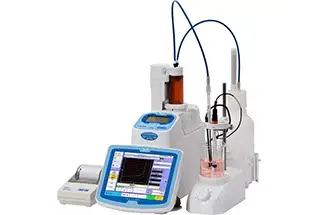
Metal materials encompass a range of options, such as pure metals, alloys, and specialized metals. They have numerous applications in various industries, including aviation, machinery, and computer hardware.
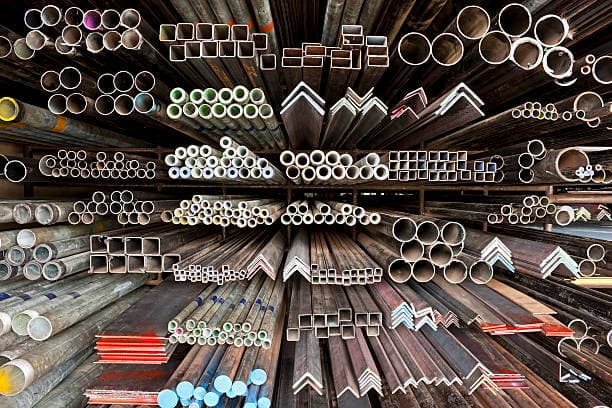
With the growing demand for metal materials across various industries, some intricate materials have emerged.
The composition of metals plays a crucial role in determining the properties of these materials.
Having an understanding of the composition and properties of metals can enhance the effective use of these materials in various products.
During production processes, two common problems arise: identifying the type of metal material and ensuring that it meets the desired material requirements.
By analyzing the composition of metal materials, it becomes possible to comprehend the material makeup, thereby allowing for the monitoring of product quality, the analysis of problematic products, and the identification of potential issues to eliminate any hidden dangers.
There are over 90 types of metal found in nature, including iron, copper, aluminum, tin, nickel, gold, silver, lead, zinc, and others.
An alloy refers to a combination of two or more metals, or a combination of metal and non-metal, which possesses metallic characteristics.
Common alloys include steel alloys made of iron and carbon, stainless steel composed of iron, chromium, and nickel, and brass formed by copper and zinc.
Metal materials are typically categorized into three groups: ferrous metals, non-ferrous metals, and special metal materials.
Ferrous metals, also known as iron and steel materials, include pure iron, cast iron with 2% to 4% carbon, carbon steel with less than 2% carbon, as well as various types of steel such as structural steel, stainless steel, heat-resistant steel, tool steel, superalloy, precision alloy, etc. for different applications.
In a broader sense, ferrous metals can also encompass alloys of chromium and manganese.
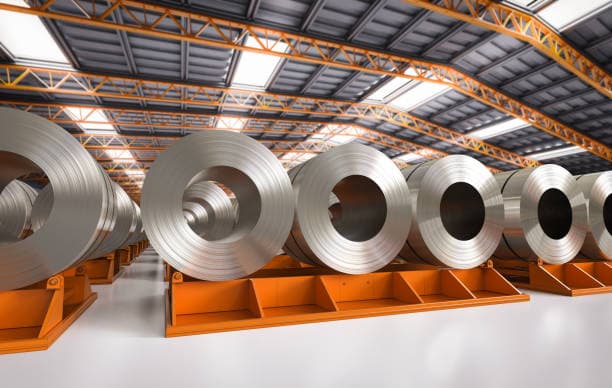
Iron is the most abundant and cost-effective metal on Earth and is an essential basic material for almost all industries.
It is found in refrigerators, kitchenware, washing machines, cars, railways, trams, iron bridges, ships, electric towers, buildings, factories, and machinery.
Non-ferrous metals refer to all metals and their alloys except iron, chromium, and manganese. They are typically categorized into light metals, heavy metals, precious metals, semi-metals, rare metals, and rare earth metals.
Compared to pure metals, alloys have higher strength and hardness and lower resistance and temperature coefficients, resulting in better overall mechanical properties.
Common non-ferrous alloys include aluminum, copper, magnesium, nickel, tin, titanium, and zinc alloys.
These materials are widely used as structural and functional components in machinery manufacturing, construction, electronics, aerospace, and nuclear energy utilization, among other industries.
Related reading: Ferrous vs Non-ferrous Metals
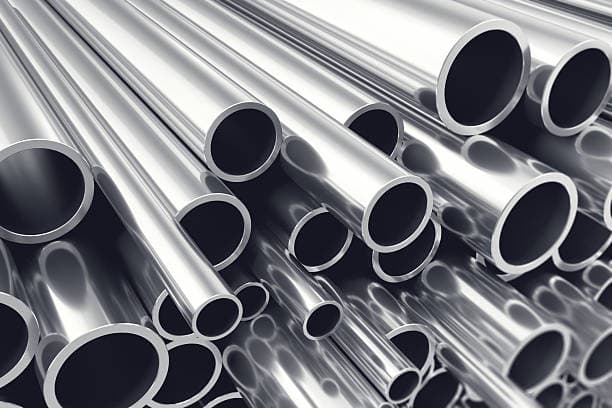
The methods for analyzing and testing the composition of metal materials have evolved over time, moving from traditional titration and spectrophotometry to more advanced techniques such as plasma emission spectrometry and spark direct reading spectrometry. The testing process has also changed, allowing for simultaneous analysis of multiple elements, which has improved efficiency and accuracy.
The principles and characteristics of different test methods are as follows:
Spectrophotometry is a widely used method for quantifying metal elements. It involves measuring the absorbance and luminous intensity within a specific wavelength range to perform qualitative and quantitative analysis.
This method is known for its wide application, high sensitivity, good selectivity, high accuracy, and low cost, but it has the drawback of being able to analyze only one element at a time.
The detection instruments used in spectrophotometry include ultraviolet spectrophotometers, visible spectrophotometers, and infrared spectrophotometers.
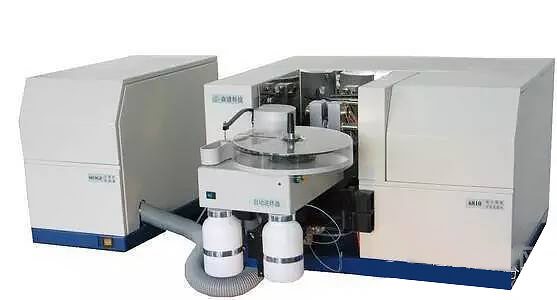
Titration is a method of testing the metal components in a solution with a standard concentration of reagents. The metal components react fully with the reagents to reach the final titration endpoint. This method can be used to test substances with a content of over 1%, but it has the disadvantage of being low in efficiency.
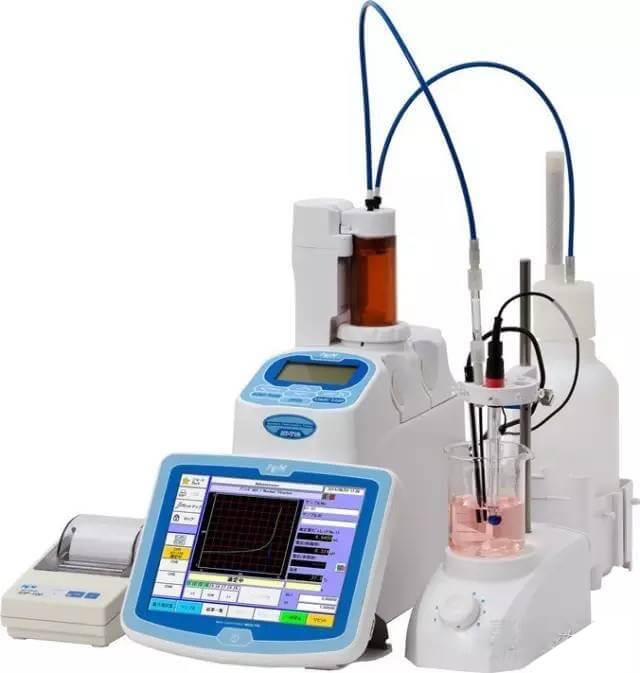
Atomic Absorption Spectrometry (AAS) and Atomic Emission Spectrometry (AES) are traditional technologies used to analyze the composition of metal materials.
AAS uses the principle of quantifying the content of the analyzed elements by measuring the absorption intensity of the outer electrons of ground-state atoms in the gaseous state to the corresponding atomic resonance radiation line of visible light and ultraviolet light.
This method is ideal for gaseous atomic absorption radiation and is characterized by high sensitivity, strong anti-interference ability, strong selectivity, wide analysis range, and high precision.
However, it has limitations such as the inability to analyze multiple elements simultaneously, low sensitivity in determining insoluble elements, and poor performance in measuring complex samples.
AES, on the other hand, is based on the principle that each element ion or atom emits specific electromagnetic radiation when subjected to electrical or thermal excitation.
This method uses emitters for qualitative and quantitative analysis of elements and can test multiple elements at the same time with a smaller sample requirement and faster results.
However, it has poor accuracy, and is only used to analyze metal components and cannot be applied to most non-metallic components.
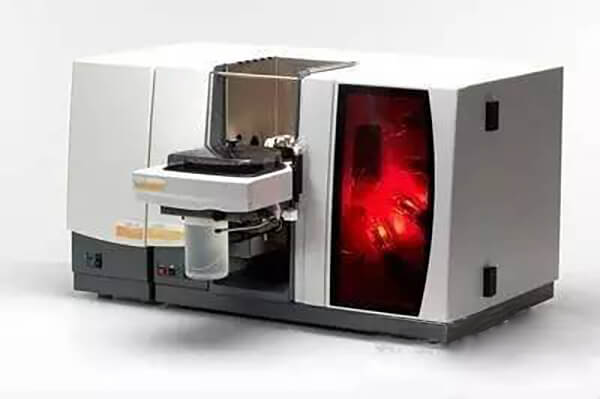
X-ray fluorescence spectrometry is widely used for the determination of metal elements and is a common method for analyzing the composition of metal materials. The test principle is based on the fact that atoms in their ground state are in a low-energy state, but once they are excited by radiation of a certain frequency, they enter a high-energy state and emit fluorescence.
The wavelength of this fluorescence is unique, and by measuring these X-ray fluorescence spectral lines, the type of elements in the sample can be determined. The content of elements can be estimated by comparing the intensity of the spectral lines of the sample to the reference spectral lines of a standard sample.
This method is a qualitative and semi-quantitative approach mainly used to approximate the content of metal composition analysis.
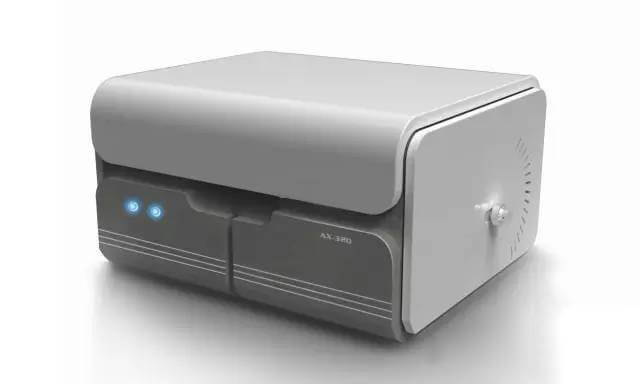
Inductively Coupled Plasma Atomic Emission Spectrometry (ICP-AES) is currently the most widely used method. Its principle is to excite metal elements, causing electronic transitions which result in the emission of spectral lines with certain intensities that are used to determine the elements and their concentrations.
This method has a wide range of applications, is highly sensitive, has fast analysis speed, and provides high accuracy. It can test a batch of samples simultaneously and determine multiple elements under one marking line.
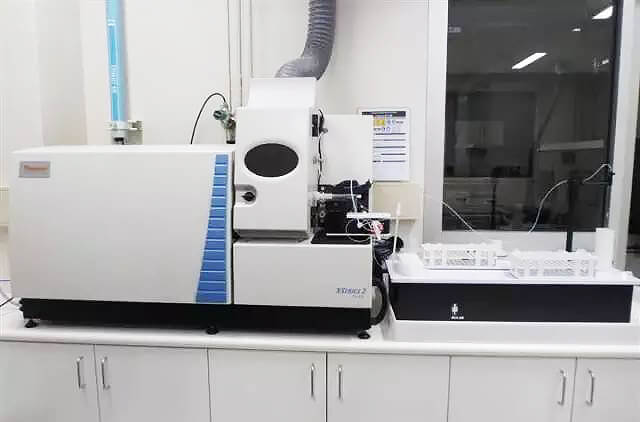
The Spark Direct Reading Spectrometer uses high-temperature electric arcs or sparks to directly vaporize and excite elements in a sample from the solid state, causing them to emit characteristic wavelengths.
These wavelengths are then split using a grating, producing a spectrum arranged by wavelength. Characteristic spectral lines from the elements pass through the exit slit and into their respective photomultiplier tubes, where the optical signal is converted into an electrical signal.
The control and measurement system integrates the electrical signal, which is then processed by a computer to determine the percentage content of each element.
This method is highly accurate and can simultaneously analyze multiple elements, with qualitative and quantitative results for dozens of elements obtained in a single excitation and analysis.
It is fast, efficient, and doesn’t require expensive chemical reagents or special excipients. Direct testing of solid samples is possible.
However, the sample shape and size have certain requirements.
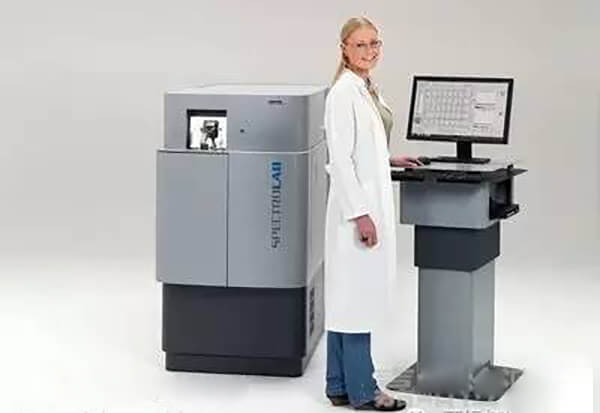
In metal materials, especially steel metals, carbon and sulfur are the primary elements that require testing, and the aforementioned methods cannot accurately quantify carbon and sulfur. As a result, the carbon and sulfur elements need to be tested using a carbon sulfur analyzer.
The sample is subjected to high-temperature heating under oxygen-enriched conditions, oxidizing the carbon and sulfur into carbon dioxide and sulfur dioxide.
After the treatment, the gas enters the appropriate absorption pool, absorbing the corresponding infrared radiation, which is transmitted by the detector as a signal. The computer processes the signal and outputs the results.
This method is accurate, rapid, and sensitive and can be used to analyze both high and low levels of carbon and sulfur content.
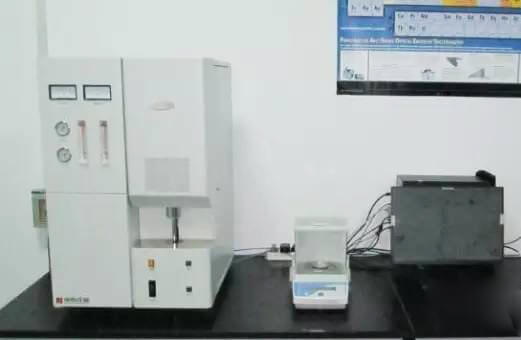
The oxygen and nitrogen analyzer is used to measure the content of oxygen and nitrogen in various steel, non-ferrous metals, and new materials. It decomposes the sample by pulse heating under an inert atmosphere and measures the content with an infrared detector and thermal conductivity detector, respectively. This method is known for its high accuracy and low detection limit.
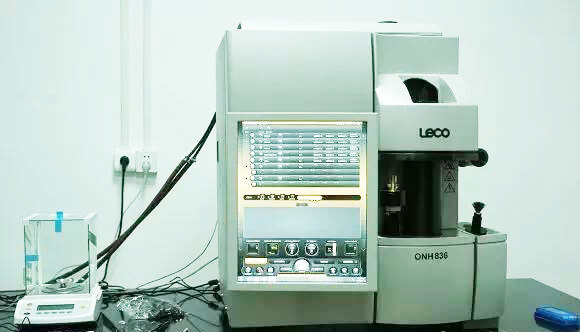
Introduction to testing items
| Metal category | Project | ||
| Iron and steel | Element analysis | Grade identification(to identify whether it conforms to a standard or a grade)Request) | Coating composition analysis (test coating composition and elementElement content) |
| Copper alloy / high purity copper | |||
| Lead free solder / lead solder | |||
| Aluminium alloy | |||
| Magnesium alloy | |||
| Kirsite | |||
| Titanium alloy | |||
| Precious metals (gold, silver, palladium, platinum) | |||
| High pure metal | |||
| Brazing filler metal | |||
| Powder metallurgy | |||


